Dining etiquette: How to eat with your hands
Not all foods are meant to be eaten with a knife and fork, but before you get your hands dirty, Margaret Visser lays down some etiquette rules
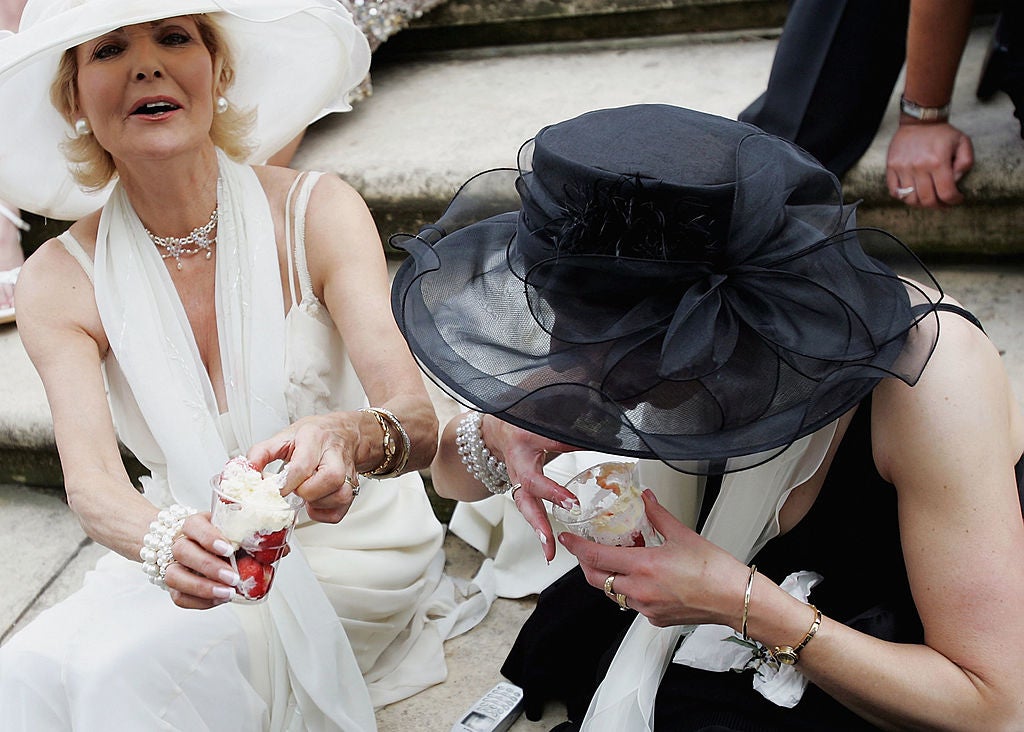
Your support helps us to tell the story
From reproductive rights to climate change to Big Tech, The Independent is on the ground when the story is developing. Whether it's investigating the financials of Elon Musk's pro-Trump PAC or producing our latest documentary, 'The A Word', which shines a light on the American women fighting for reproductive rights, we know how important it is to parse out the facts from the messaging.
At such a critical moment in US history, we need reporters on the ground. Your donation allows us to keep sending journalists to speak to both sides of the story.
The Independent is trusted by Americans across the entire political spectrum. And unlike many other quality news outlets, we choose not to lock Americans out of our reporting and analysis with paywalls. We believe quality journalism should be available to everyone, paid for by those who can afford it.
Your support makes all the difference.One of the more spectacular triumphs of human culture over nature is our determination when eating to avoid touching food with anything but implements. Our self-satisfaction with this marvellous instance of artificiality, however, should not lead us to assume that people who habitually eat with their hands are any less determined than we are to behave “properly”; for they too overlay “animal” instincts with manners and indulge in both the constraints and the ornamentations which characterise polite behaviour.
Forks, like handkerchiefs, look dangerously grubby objects to many people encountering them for the first time. To people who eat with their fingers, hands seem cleaner, warmer, more agile than cutlery. Hands are silent, sensitive to texture and temperature, and graceful – provided, of course, they have been properly trained.
Washing tends to be ostentatious and frequent among polite eaters with their hands. Ancient Romans, like the modern Japanese, preferred to bathe all over before dinner. The etiquette of hand-washing in the Middle Ages was very strict. During the washing ritual, precedence was observed as it was in the seating of diners at the table; the bows, genuflection and other ceremonial flourishes of the “ewerers” or hand-washers were carefully prescribed. It was often thought disgusting, as it is in India today, to dip one’s hands into the basin of water: a servant had to pour scented water over the hands so that it was used only once. (The modern North American preference for showers over baths is similar.)
In modern Egypt, the basin is sometimes provided with a perforated cover so that the dirty water disappears at once from view. Hand-washing rules always insist that one must not splash or swish the water; be careful to leave some dry towel for the person washing next; and above all touch as little as possible between washing and beginning to eat.
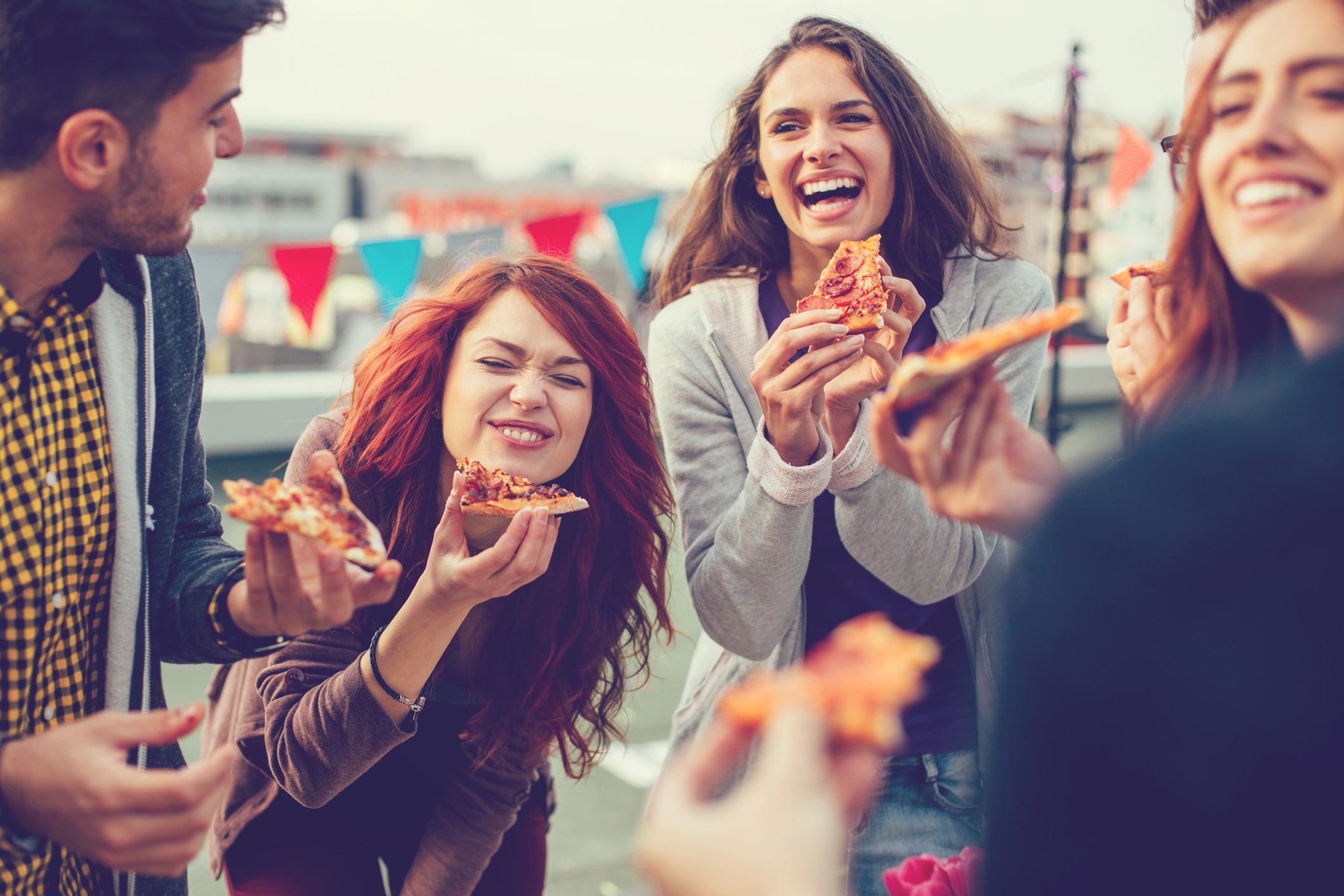
Desert Arabs go outside the tent, both before and after the meal, to perform ablutions by rubbing their hands with sand; they often prefer to perform this ritual before washing, even when there is plenty of water available. It is thought very rude to perform one’s final washing before everyone else has finished eating; it would be the equivalent of our leaving the table while the meal is in progress. The corollary of this is that people who eat with their hands usually try to finish the meal together, since it is uncomfortable, for one thing, to sit for long when one has finished eating, holding out one greasy hand.
Where family eating is done from a shared pot, there are rules about leaving some food over for the children, who eat more slowly than adults do. A great deal of attention, forethought, and control is required in order to finish a meal together.
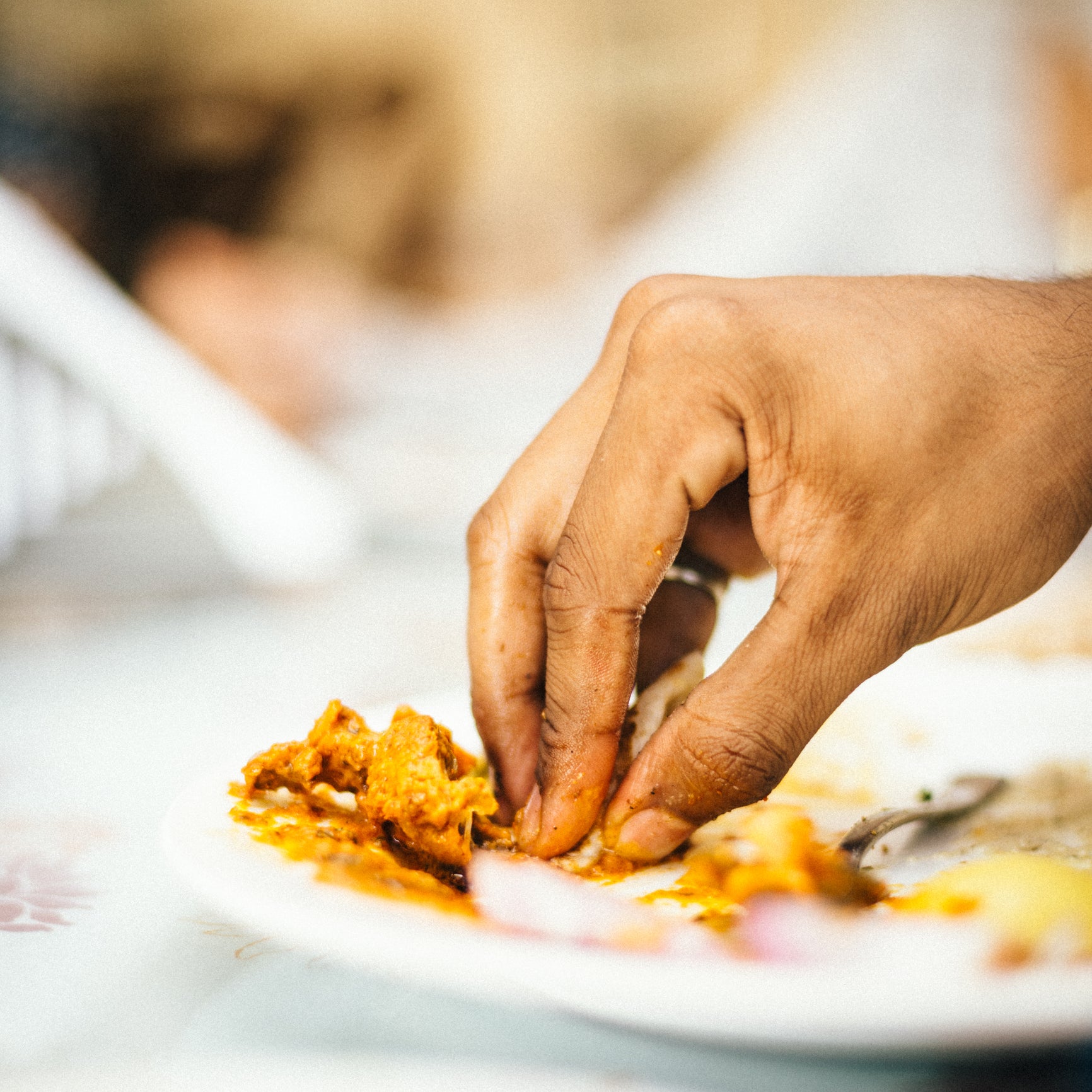
Delicacy and adroitness of gesture are drummed into people who eat with their hands, from childhood. It might be considered polite, for example, to scoop food up, or it could be imperative to grasp each morsel from above. It was once the mark of the utmost refinement in our own culture to deny oneself the use of the fourth and fifth fingers when eating: the thumb and first two fingers alone were allowed. Bones – provided they were small ones –could be taken up, but held between thumb and forefinger only. We hear of especially sophisticated people who used certain fingers only for one dish, so that they had other fingers, still unsticky and ungreasy, held in reserve for taking food or sauce from a different platter. This form of constraint was possible only if the food was carefully prepared so that no tugging was necessary: the meat must be extremely tender, cut up, or hashed and pressed into small cakes. None but the rich and those with plenty of servants were likely to manage such delicacy; it followed that only they could be truly “refined.”
Left hands are very commonly disqualified from touching food at dinner. The Li Chi tells us that ancient Chinese children were trained from infancy never to use their left hands when eating. Ancient Greeks and Romans leaned on their left elbows when reclining at meals, effectively withdrawing their left hands from use. You had to lean on the left elbow even if you were left-handed: if you did not, you ruined the configuration of the party by facing the wrong way. The same problem confronted, even more vitally, an ancient Greek hoplite soldier. He formed part of a phalanx of shields, all of which had to be held on left arms so that they could overlap; fighting was done with swords grasped in the right. A shield on the right arm would have created a gap in the closed phalanx.
The left hand is traditionally discouraged at table because it is the non-sacred hand, reserved for profane and polluting actions from which the right hand abstains. One example of these tasks is washing after excretion. Now it is invariably important for human beings both culturally and for health reasons to understand that food is one thing and excrement another: the fact that they are “the same thing”, that is, different phases of the same process, merely makes it imperative that we should keep the distinction clear, and continually demonstrate to others that we are mindful of it.
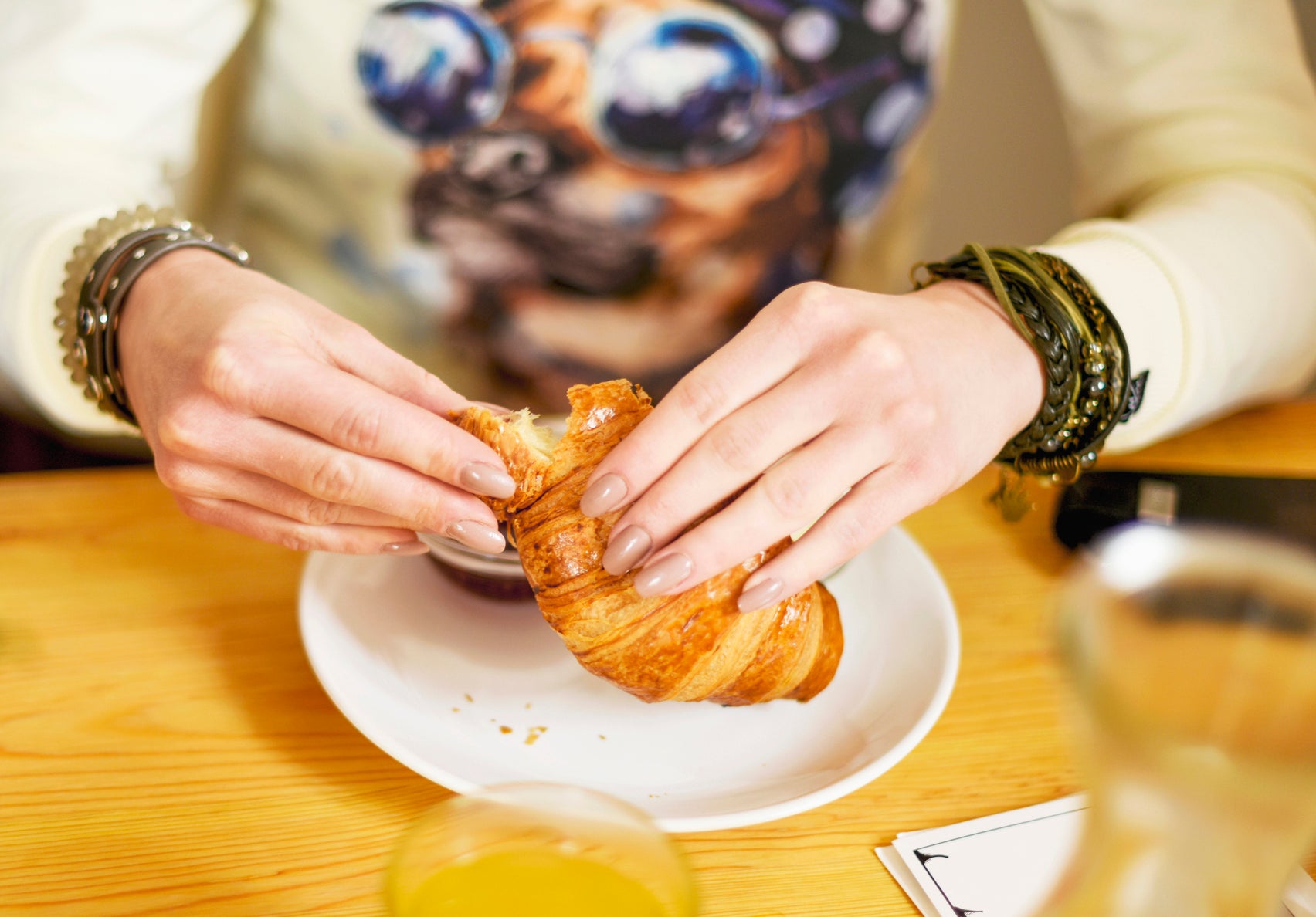
Our fascination when we learn that people exist who will not touch food with their left hands is rather interesting. It begins with our conviction that “civilized” people (ourselves, of course) should eat with knives and forks in the first place—that is, try not to handle food at all. We do not like the reason left hands are most often said to be banned among certain “foreigners,” fastening as we do upon one reason when it is only one from a whole category of “profane” actions, because our taboo about washrooms is so strong that we cannot bear to be reminded of excretion—which we are, by the prohibition. In other words, our taboo is even stronger than theirs. Moreover, left hands have in fact an “unclean” connotation in our own culture.
“Right,” after all, means “correct” or “okay” in English. “Sinister” originally meant “left.” In French, a just man is droit, meaning both “right” and “straight,” while gauche (“left”) describes one who lacks social assurance, as well as dexterity and adroitness (both of which literally mean “right-handedness”). We raise right hands to take oaths and extend them to shake hands: left-handed people just have to fall in with this.
In fact, left-handed people, like left-handed ancient Greeks, have always been regarded as an awkward, wayward minority, to the point where left-handed children have been forced, against their best interests, to use their right hands rather than their left. North Americans still prefer not only to cut with the right, but to bring food to their mouths with the right hand as well.
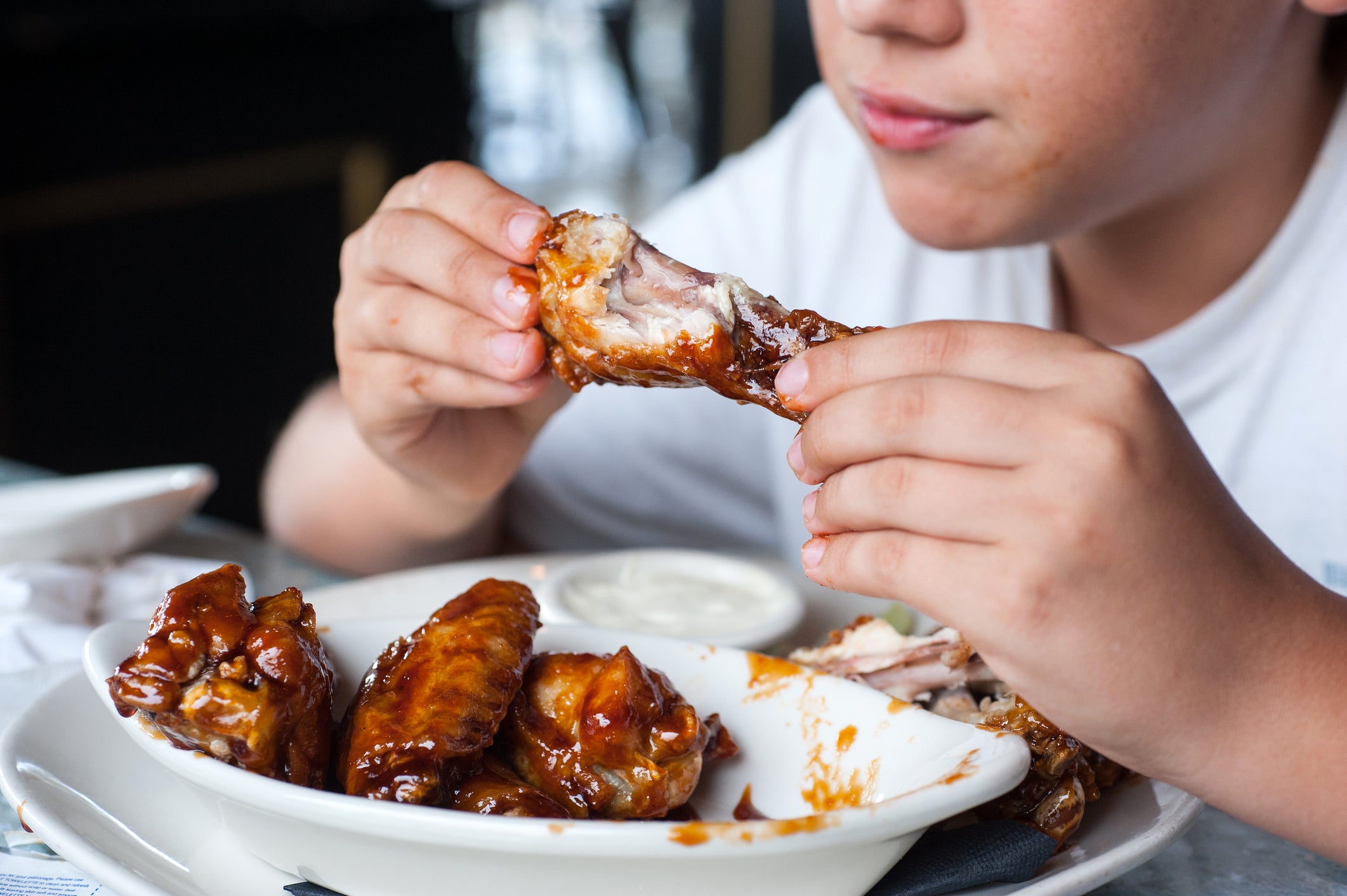
Eating with the help of both hands at once is often frowned upon. The Bedouin diner is not permitted to gnaw meat from the bone: he must tear it away and into morsels using only the right hand, and not raise the hand from the dish in order to do so. Sometimes right-handed eaters confronted with a large piece of meat, a chicken, for instance, will share the task of pulling it apart, each of two guests using his right hand and exercising deft coordination; no attention should be drawn to this operation by any movement resembling a wrench or a jerk. Even on formal occasions our own manners permit us, occasionally, to use our fingers – when eating asparagus, for example (this is an early twentieth-century dispensation), or radishes, or apricots. But all of these are taken to the mouth with one hand only. We are still advised that corn kernels should be cut off the cobs in the kitchen, or that corn should, better still, be avoided altogether unless the meal is a very intimate affair. One reason why this vegetable has never become quite respectable is that corn cobs demand to be held in two hands. (More important reasons are of course that teeth come too obviously into play when eating them, and cheeks and chins are apt to get greasy.) When we chew, we should also be careful to fill only one cheek – not too full, to be sure. Two hands and two cheeks both signify indecent enthusiasm; cramming either hands or mouth is invariably rude.
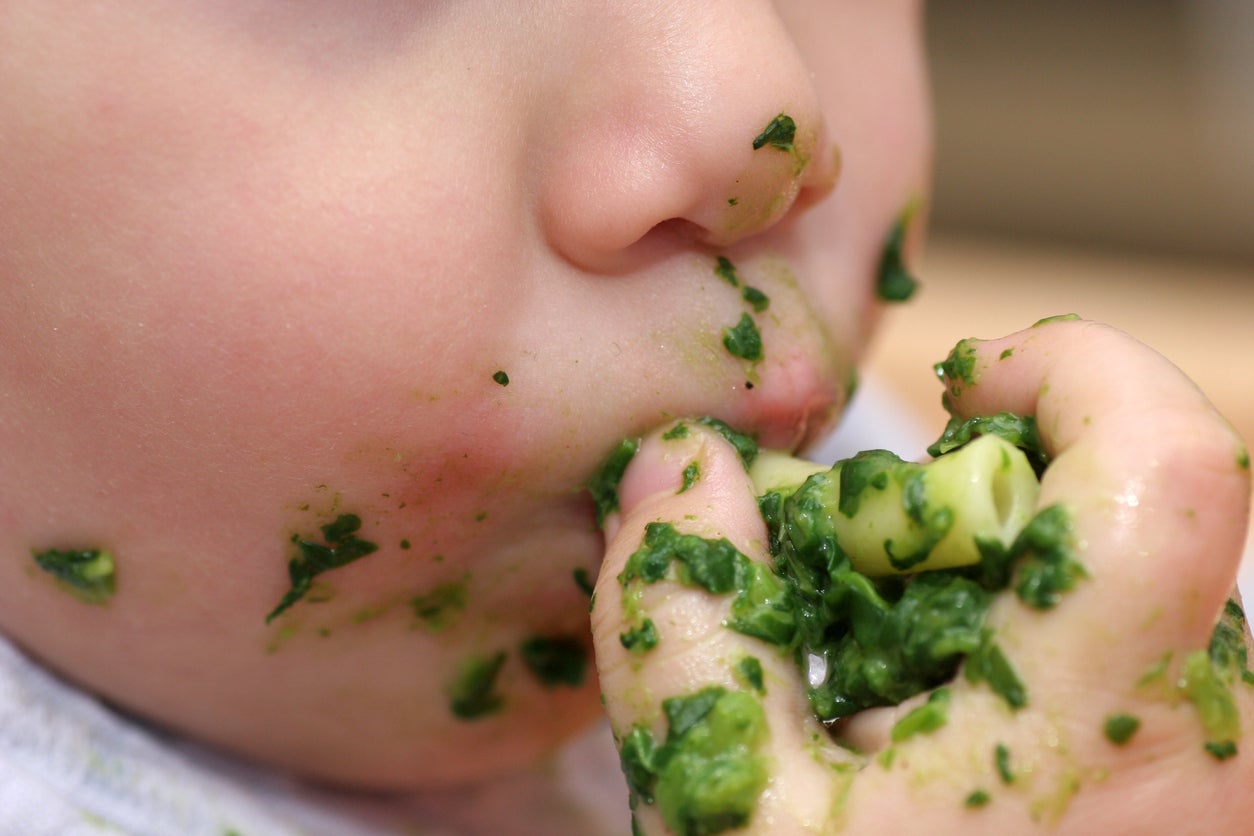
People whose custom it is to eat with their hands make a further rule: never take up and prepare a new morsel while you are still chewing. When left hands are allowed as well as right, it is quite dreadful to be feeding one’s mouth with one hand while the other is groping in the dish for more. (We are far more lax than they on this point: we are permitted to use the knives and forks in our hands, and chew at the same time.) Ned Ward, in O Raree Show, O Pretty Show, or the City Feast, describes the dreadful manners of guests at the Lord Mayor’s Banquet in London, 1704:
Then each tuck’d his Napkin up under his Chin,
That his Holiday-Band might be kept very clean;
And Pin’d up his Sleeves to his Elbows, because
They should not hang down and be Greas’d in the Sauce.
Then all went to work, with such rending and tearing,
Like a Kennel of Hounds on a Quarter of Carri’n.
When done with the Flesh, they claw’d off the Fish,
With one Hand at Mouth, and th’ other in th’ Dish.
Eating with one’s hands is very often done from a common dish. “Rending and tearing,” and hurrying of any kind, become absolutely shocking behaviour, because you look as though you want to take your companions’ share of the food. You might also pay for such precipitousness by hurting yourself: Montaigne ate very quickly, and confessed in his essay “On Experience” that he sometimes bit his tongue and his fingers in his haste.
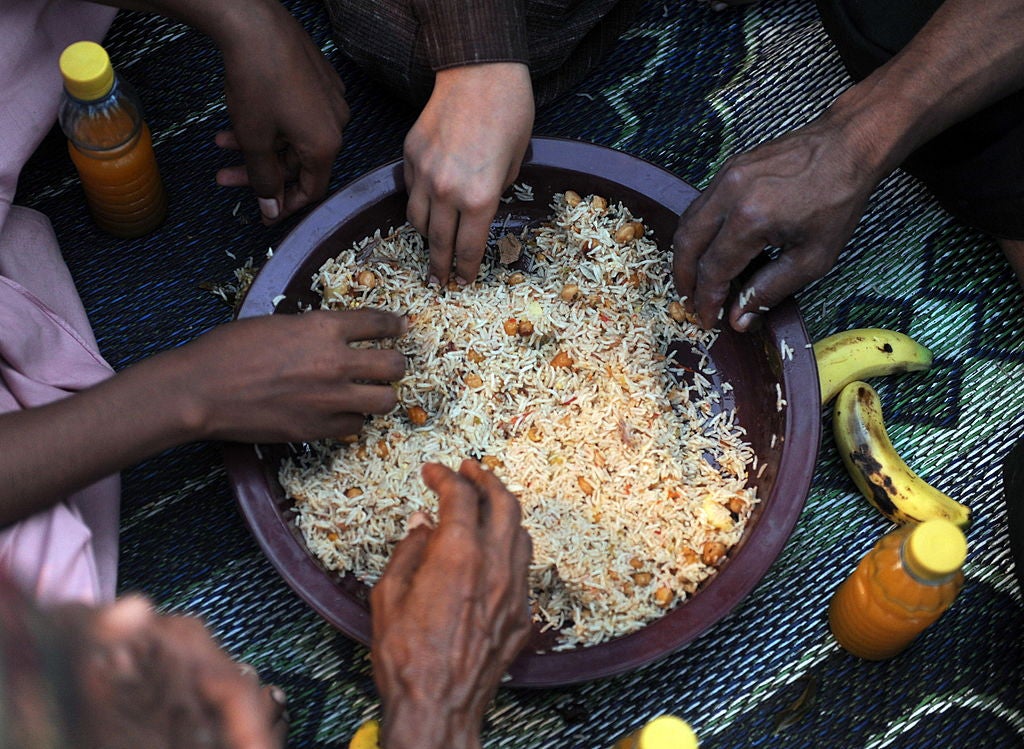
Handling food is always tightly controlled by rules of etiquette. One is forbidden to play with food distractedly, or for its own sake. Europeans so often committed this fault before knives and forks became common that 17th century French had a disapproving word for it – gadrouiller or gradouiller.
Civilité books of the time say one should not dip one’s bread into the sauce “too deeply,” or the fingers will go in as well; neither should one turn and turn the bread so that it soaks up gravy on all sides. One should dip neatly and chastely, once. Licking fingers is either sternly forbidden or allowed only if certain constraints are applied. B Meakin tells us for example that in Morocco in 1905, diners were allowed to lick their fingers, but only in this order: fourth (little) finger, second, thumb, third, first. Such a licker proved conclusively that he or she was not neglectfully lapsing from good form.
In our own culture, of course, we use our fingers only in special circumstances, or when the rules are being consciously ignored. Licking fingers is more deliberately relaxed behaviour still – even though we do not use our hands to take from a common dish, and other people do not therefore risk our touching their food with fingers we have licked. The marketers of a well-known brand of fast food, in claiming that the product is “finger-lickin’ good,” stress the informality with which they expect it to be eaten. The advertisers also suggest that their customers will not be able to resist polishing the product off to the last smear.
It was our own choice to retreat, eventually, from the touching of food, but the process of giving up hands and taking up forks took many centuries to complete. At familial meals, it was common in Europe until recent times for a central dish of food to be placed in the middle of the table; from it everyone helped themselves. In medieval Hungary, for example, dining tables had holes cut in the middle of them to hold the communal cauldron of meat.
Professor Robert Muchembled of Paris says that his own great-grandfather, in the second half of the nineteenth century, was the very first person in his village in Artois to renounce the traditional table with its thick top hollowed out in the middle to hold the food. He decided he would henceforth dine à l’assiette, “at his own place, and from his own plate.” For a long time it was the height of sophistication to cut up our food with a knife and fork; but we would then put these instruments aside and lift the pieces with our fingers.
Margaret Visser’s ‘The Rituals of Dinner’ published by Penguin in trade paperback, priced £9.99
Join our commenting forum
Join thought-provoking conversations, follow other Independent readers and see their replies
Comments